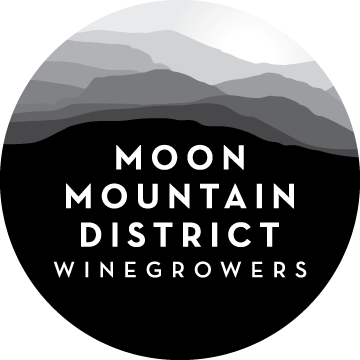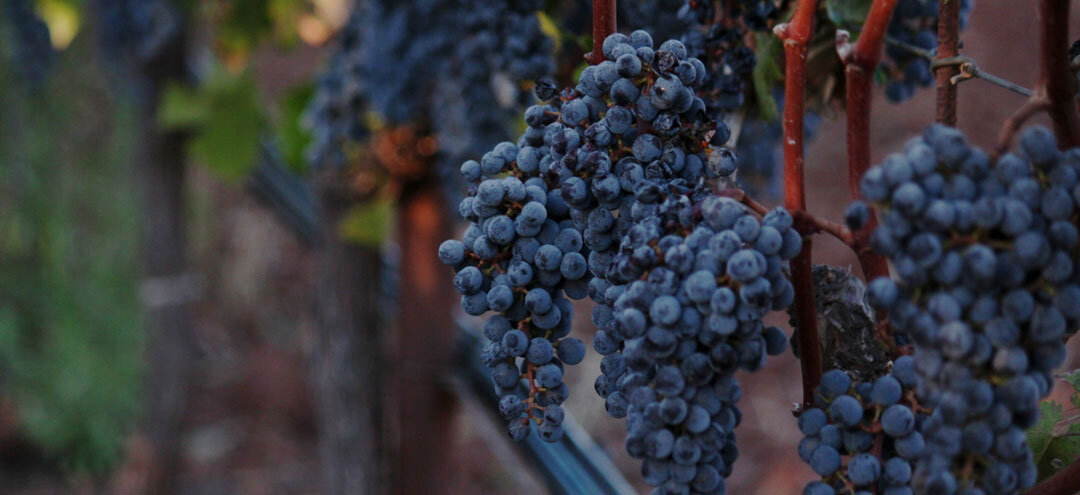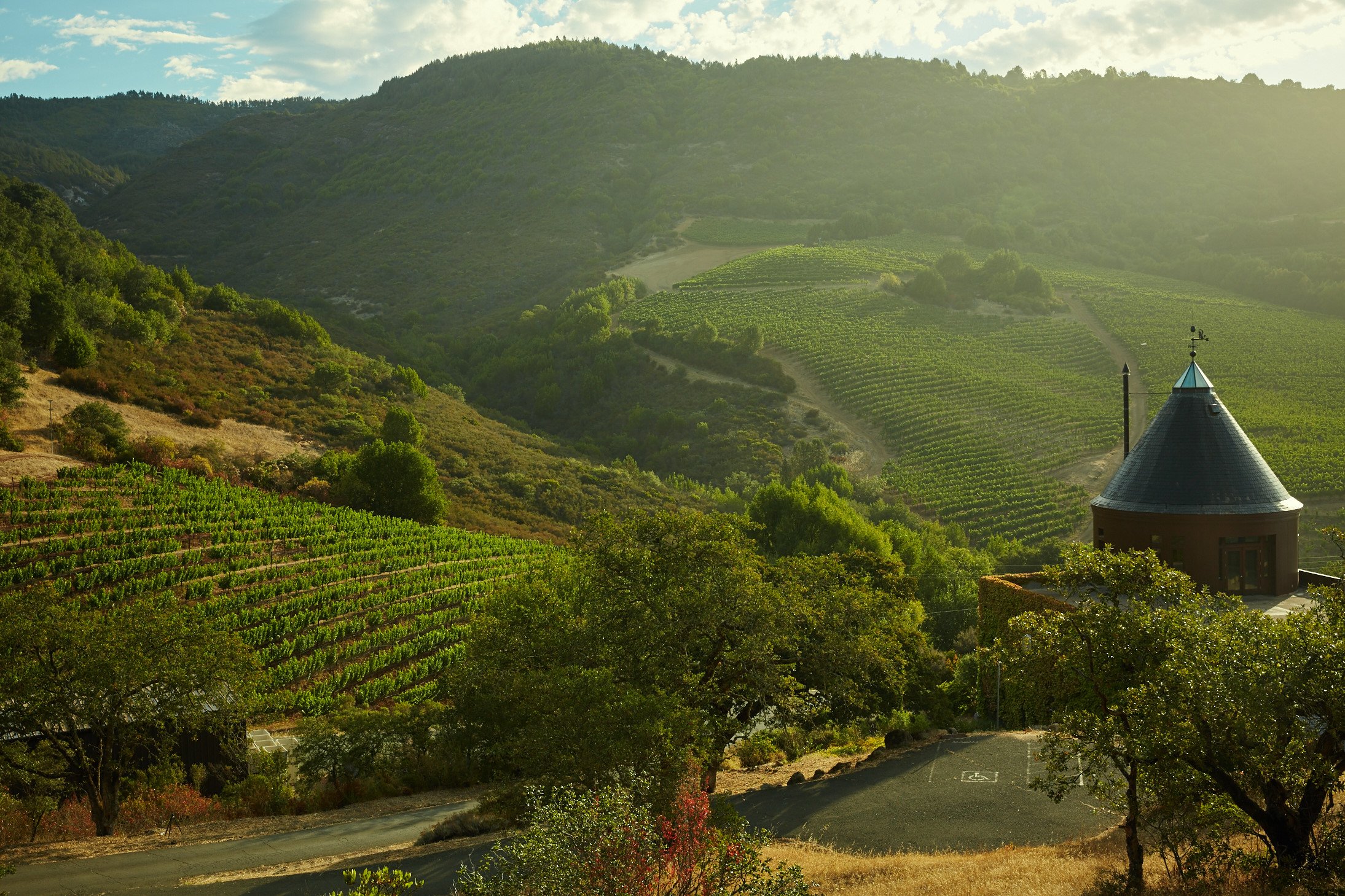
Climate
MOON MOUNTAIN VINEYARD, REPRIS WINES

A Distinctive Climate
MOON MOUNTAIN VINEYARD, REPRIS WINES
Like most of the North Coast, Moon Mountain District is an ideal place to grow premium wine grapes. The Mediterranean climate offers a dry, sun-filled growing season and harvest, while the winter and early spring provide ample rain – ranging from 25” to up to 40” per normal year, with nearly all of the annual rainfall occuring in winter.
The varying elevations mean the different pockets of terroir on the mountain vary from cool fog and winds off the San Pablo Bay and the Pacific Ocean to prolonged sun exposure in the higher elevations. Vines benefit from coastal winds with long, warm days and cool, dry nights during the growing season.

Day and Night
ESTATE VINEYARD, KAMEN ESTATE WINES
Noontime and afternoon sun consistently warms and dries the hillsides, creating convections above and within canyons and arroyos. Solar heat masses taper off at sunset followed by gentle night time cooling due to influx of the evening coastal marine layer and the "breathing" action of the Bay Area deltas and valleys to the south.
Due to the steep elevations, daytime peak temperatures tend to be cooler than the Sonoma Valley floor. Given the western exposures where vines receive later day sunshine, the vines are bathed – but not overwhelmed – in sunlight.
The cooler nightime airflows are accompanied by only moderate nighttime moisture increases at hillside and mountain altitudes, making the climate just right for development of balance in many varietals.

Seasonal Characteristics
STONE EDGE FARM ESTATE VINEYARDS & WINERY
In summer, fog from both the San Pablo Bay to the south and the Petaluma Gap to the west cling to the hillsides. But the hillsides stay warmer overall than the valley floor since the coldest summer evening and nightime airs tend to drain to the valley.
In winter the coolest air tends to drains to the valley floor below, making frost a rarity. While there are cool nights and early mornings, the AVA's overnight temperatures tend to be warmer than the valley floor.
To sum up, the vineyards in the AVA are cooled by breezes from both the Pacific Ocean and San Pablo Bay though altitude and distance from each moderate their influence. Altitude means long, bright days and its southwesterly direction means full exposure to the intense afternoon sun.
All of this means, as some AVA growers will attest, that despite the challenges of hillside viticulture achieving correct ripeness for wine grapes under these kinds conditions can be easier to manage and predict than on the valley floor.







